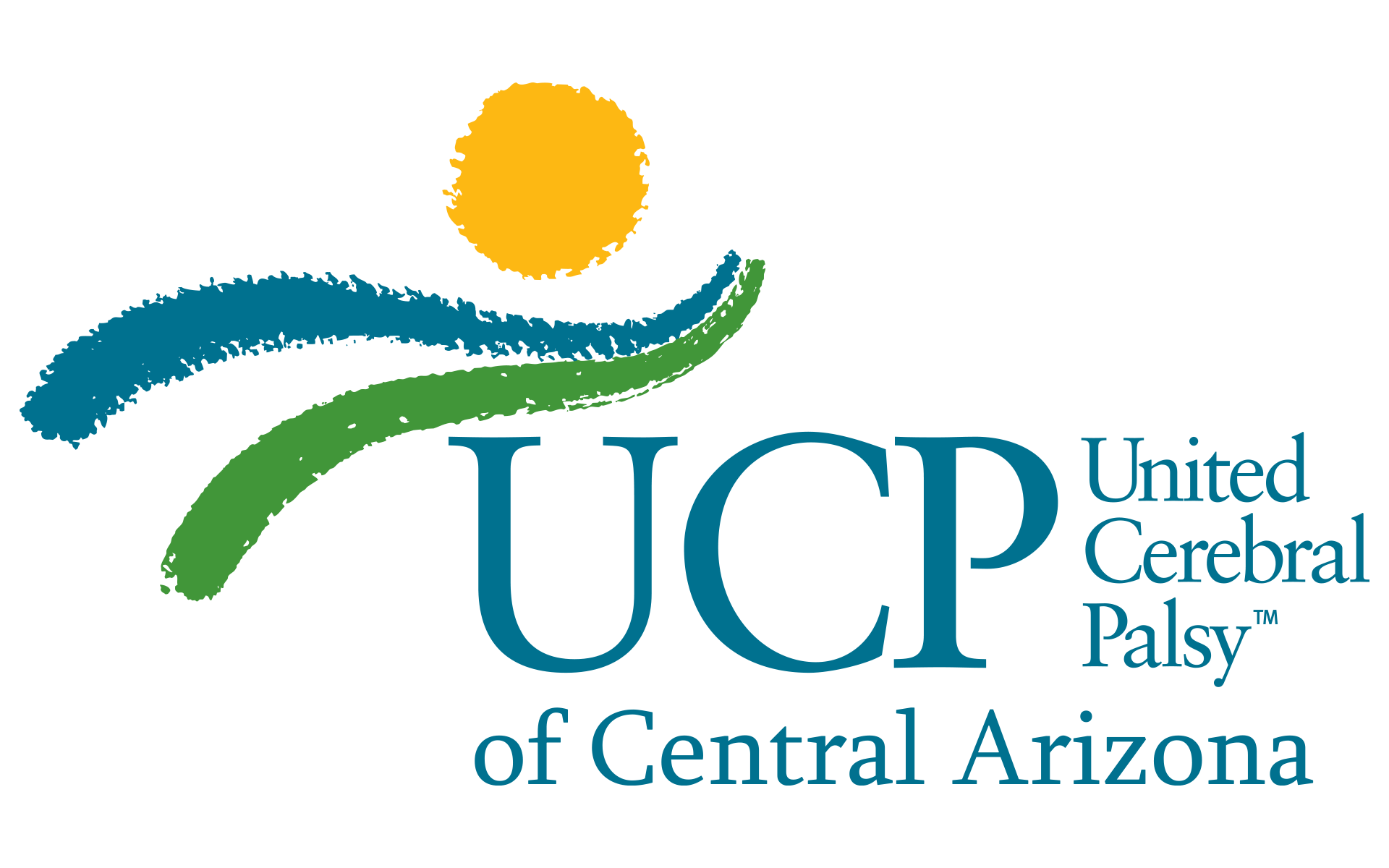
5 mitos comunes sobre la comunicación aumentativa y alternativa (CAA)
5 mitos comunes sobre la comunicación aumentativa y alternativa (CAA)
Augmentative and alternative communication (AAC) refers to various methods that supplement or support oral speech for individuals with speech impairments. AAC systems and devices enable users to communicate wants, needs, ideas, and opinions when faced with challenges verbalizing.
While AAC is an invaluable communication option for many, misconceptions still exist surrounding its use and effectiveness. Certain myths about AAC can lead to avoidance of AAC or improper implementation. Dispelling these myths is key to promoting broader acceptance and optimal use.
We will tackle 5 prevalent myths about AAC and present the facts to overcome misinformation. Understanding the reality behind common AAC myths empowers individuals to make informed decisions about AAC and properly utilize it to improve communication and quality of life.
1. AAC es una máquina que puede producir voz
No es verdad. ¡Es mucho más que eso! Los dos tipos principales de CAA son la comunicación sin ayuda y la comunicación con ayuda. La comunicación sin ayuda no requiere equipo adicional. Esto incluye señalar, expresiones faciales e incluso lenguaje de señas. La comunicación asistida requiere herramientas para apoyar la comunicación. Las herramientas pueden ser AAC de baja tecnología, como símbolos, imágenes, gráficos de comunicación y tableros de palabras centrales, y las herramientas pueden ser AAC de alta tecnología, como dispositivos generadores de voz.
2. Only children who don’t use words need AAC
Not true. AAC can be viewed as a transitional tool for children with language delays. Young children who use AAC transition into spoken language once they are ready. It can be viewed as an ‘add-on’ or support, especially when they are still learning to understand language.
3. AAC evitará que mi hijo use palabras
No es verdad. ¡De hecho, es justo lo contrario! De hecho, las investigaciones muestran que el uso de CAA ayuda a los niños a mejorar su habla expresiva porque a través de CAA aprenden los beneficios de comunicarse y puede reducir su frustración.
4. Un niño pequeño no está listo para la CAA
Not true. For children with physical disabilities, motor disorders or learning difficulties, it is best to introduce AAC as young as possible. This often starts with unaided communication such as pointing and then gradually moves onto speech-generating devices depending on their abilities.
5. La CAA de alta tecnología es mejor que la CAA de baja tecnología
Not true. One type of AAC is not better than another. There are pros and cons with each method and it depends on a child’s abilities and what they prefer. For children with communication difficulties, a ‘Total Communication’ approach is usually encouraged as it makes use of the different modes of communication skills a child already has. For example, a child can say “hi” to a friend by waving a hand, point to a name card when the teacher is taking attendance, and ask for a snack using a core word board.
Augmentative and Alternative Communication (AAC)
is a term that encompasses communication methods used to supplement or support speech for individuals with impairments in the production or comprehension of spoken or written language. AAC is utilized by individuals with a wide range of speech and language impairments, including cerebral palsy, intellectual impairment and autism. AAC can be a permanent addition to a person’s communication or a temporary aid with the options of low tech and high tech. Our goal is to enable an accurate understanding of what AAC is, who it can help, and how to approach it effectively.
Referencia: https://www.cdchk.org/parent-tips/five-common-myths-about-aac/


